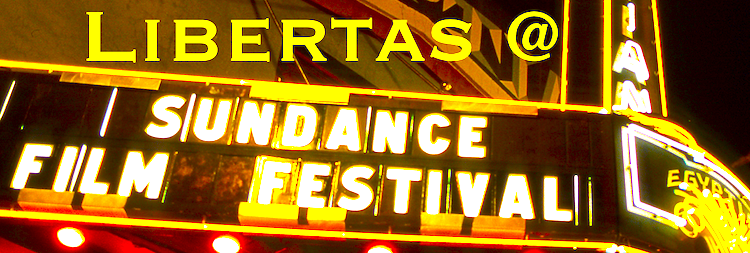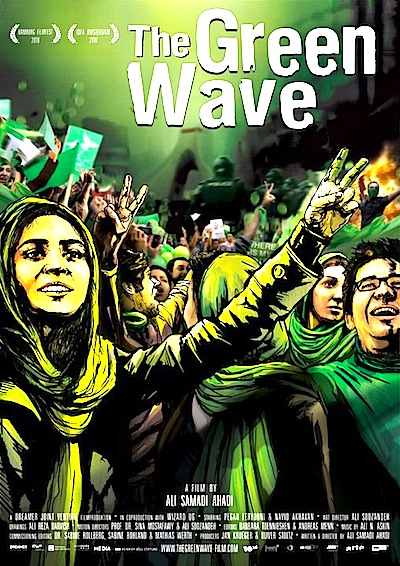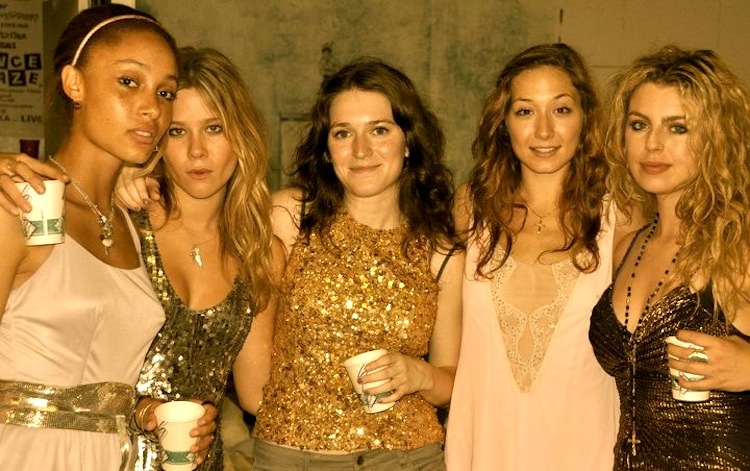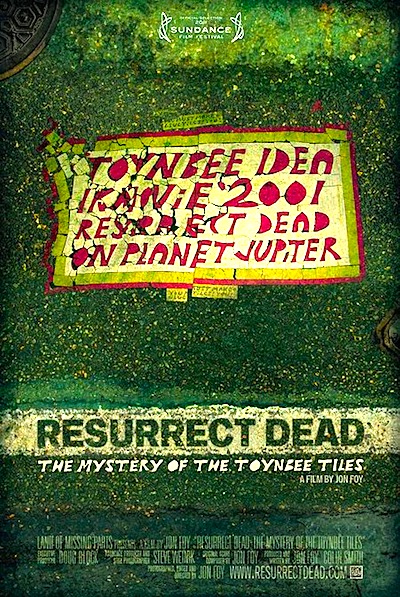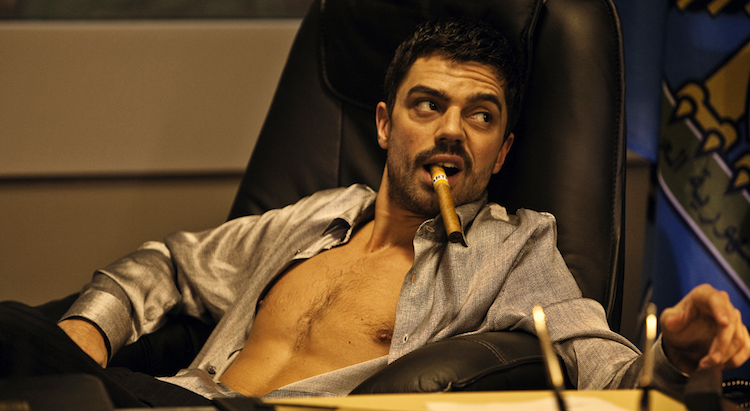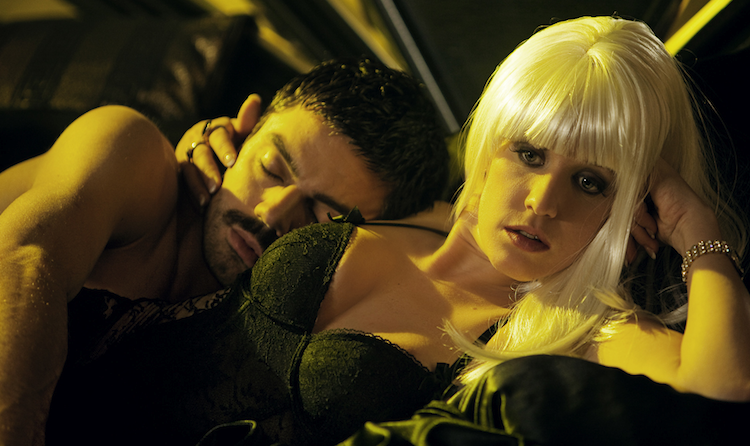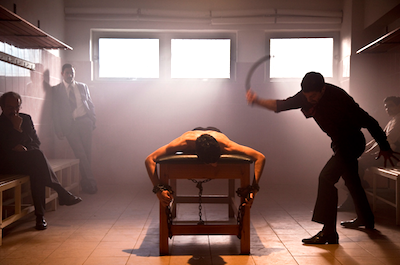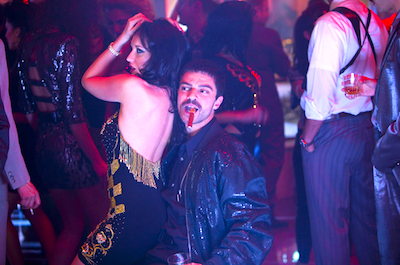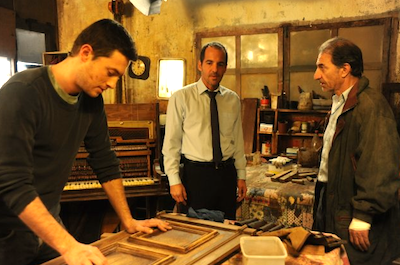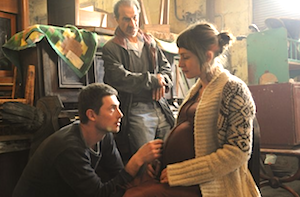By Joe Bendel. There is an old saying: “one man’s terrorist is another’s freedom fighter.” It sure is convenient to quote if you happen to be accused of terrorism. Daniel McGowan certainly falls back on it in If a Tree Falls: a Story of the Earth Liberation Front, Marshall Curry’s public relations salvo on behalf of the convicted eco-terrorist, which screens at the 2011 Sundance Film Festival.
First radicalized at New York’s Wetlands Preserve, a now defunct music club and clearing house for environmental agitation, by his own admission former Earth Liberation Front cell member McGowan took part in dozens of destructive “actions” targeting lumber companies, forestry research facilities, and the like. However, he claims that a particularly ambitious double operation soured him on the ELF.
McGowan and his co-conspirators believed Superior Lumber was engaging in genetic engineering that violated the tenets of their environmental faith. Actually, they Superior Lumber was not, but the ELF only discovered this fact after burning the company’s offices to the ground. Simultaneously, the arson planned for an agricultural geneticist’s university office burned out of control, taking part of the school’s library with it. Sorry dudes, our bad.
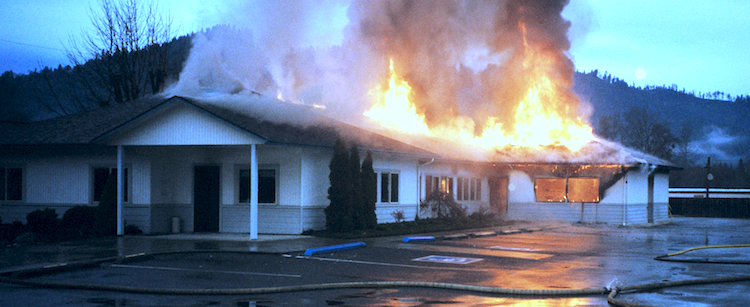
If a Tree is really two irreconcilable films grafted together. In the first half, ELF supporters revel in their glory years, unambiguously boasting that they were finally putting palpable fear in the hearts of the world’s polluters and lumber barons. However, once McGowan and his co-defendants were caught, the very same people decried the injustice of applying domestic terrorism laws to the ELF defendants. (For his part, MacGowan has no such scruples throwing around the word himself, proudly sporting a tee-shirt labeling Pres. George W. Bush an “international terrorist.”) Yet, the fear and intimation resulting from their actions were not unexpected by-products, but the conscious and deliberate goals of the ELF operations. To then debate whether McGowan’s actions meet the legal definition of terrorism constitutes mere sophistry.
McGowan and Curry make much of the lack of human casualties directly attributable to ELF actions, but it is hard to think of a lower ethical bar to clear. In a wider sense, though, it is actually not true. Given the businesses damaged and even outright destroyed by McGowan and his fellow eco-terrorists, many innocent people clearly lost their livelihoods. These are working people, whose lives were shattered by McGowan, but Curry steadfastly refuses to delve into such inconvenient details.
To Curry’s credit, he gives the Assistant U.S. Attorney and lead detective who brought down the ELF a fair opportunity to speak for themselves, never casting them as fascist caricatures. However, that is the extent of his fairness doctrine. Aside from those brief segments with law enforcement and the rather unlucky Superior Lumber proprietor, Curry confines his interviews solely to those supportive of the ELF, scrupulously avoiding its critics. He never once challenges McGowan’s radical environmental pronouncements nor does he explore the full repercussions of the ELF’s crimes.
Well beyond one-sided, If a Tree should not be considered a documentary at all, but the work-product of McGowan’s defense team, while the sympathy it elicits for the convicted domestic terrorist is profoundly misplaced. Yes, he destroyed property, but he also intentionally terrorized people and ruined lives. It is highly skippable this morning (1/28) at Sundance.
Posted on January 28th, 2011 at 7:04am.
